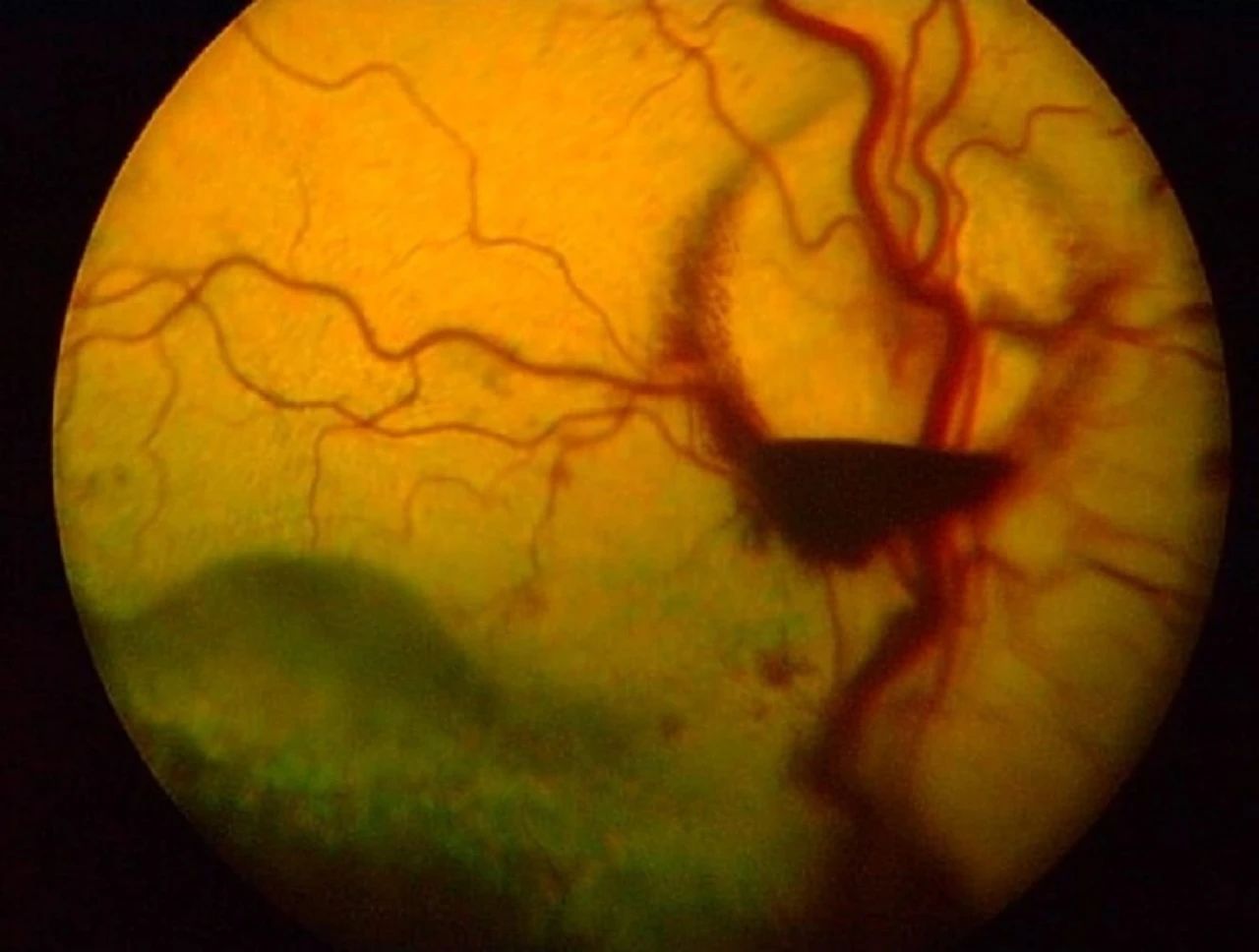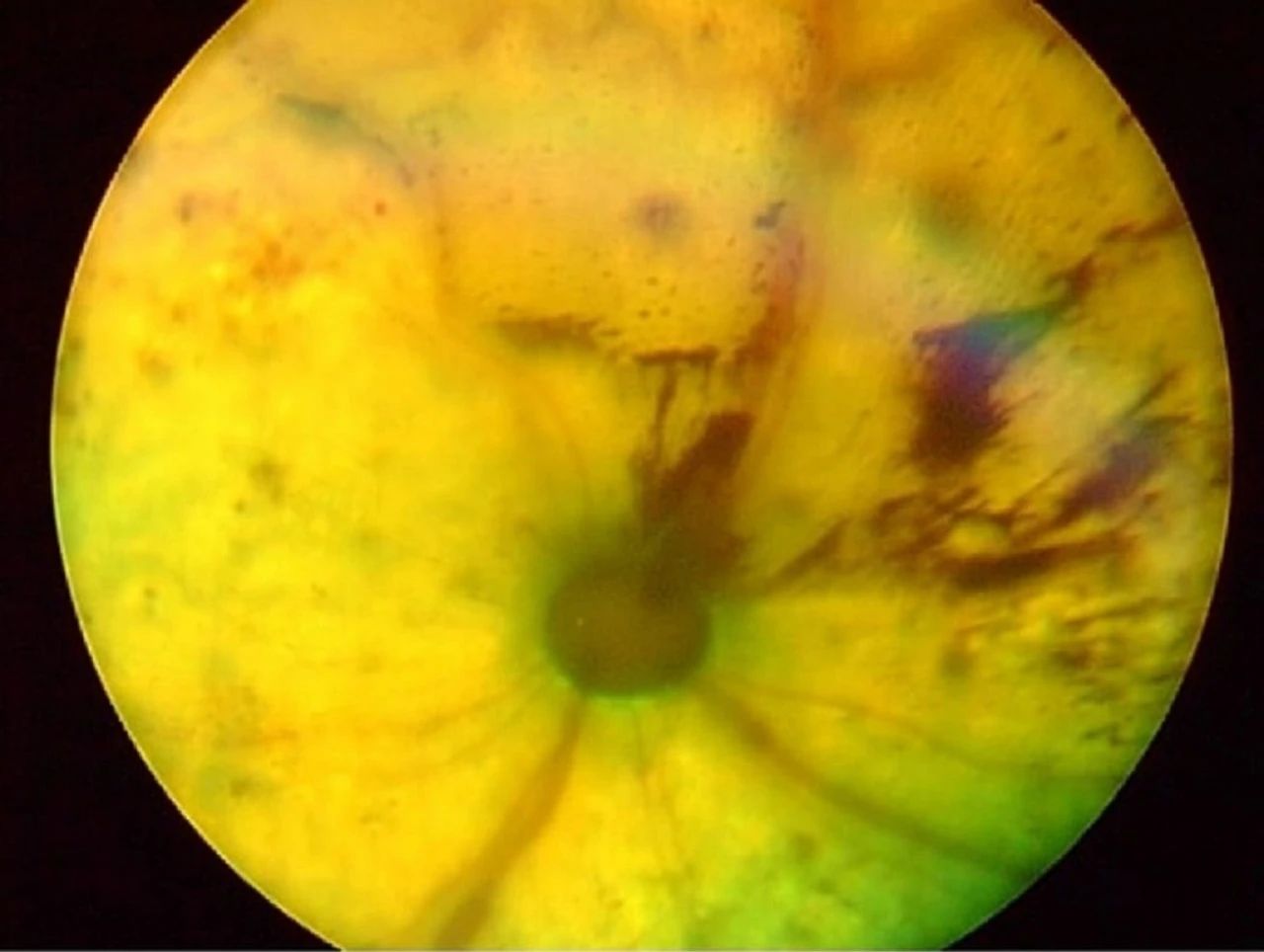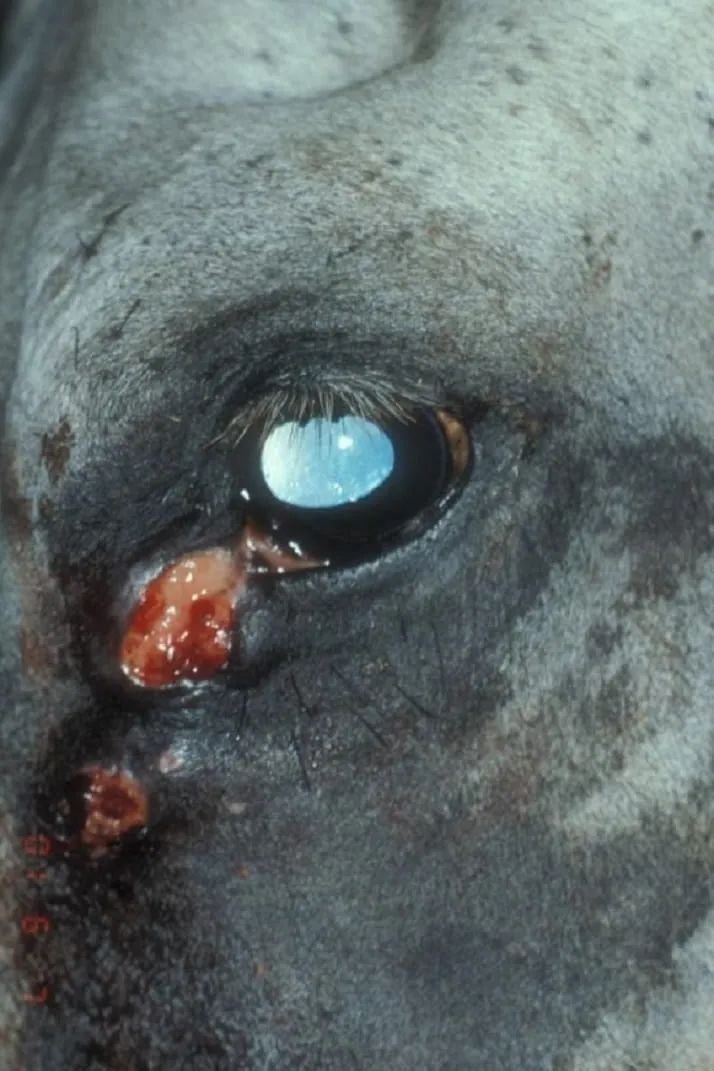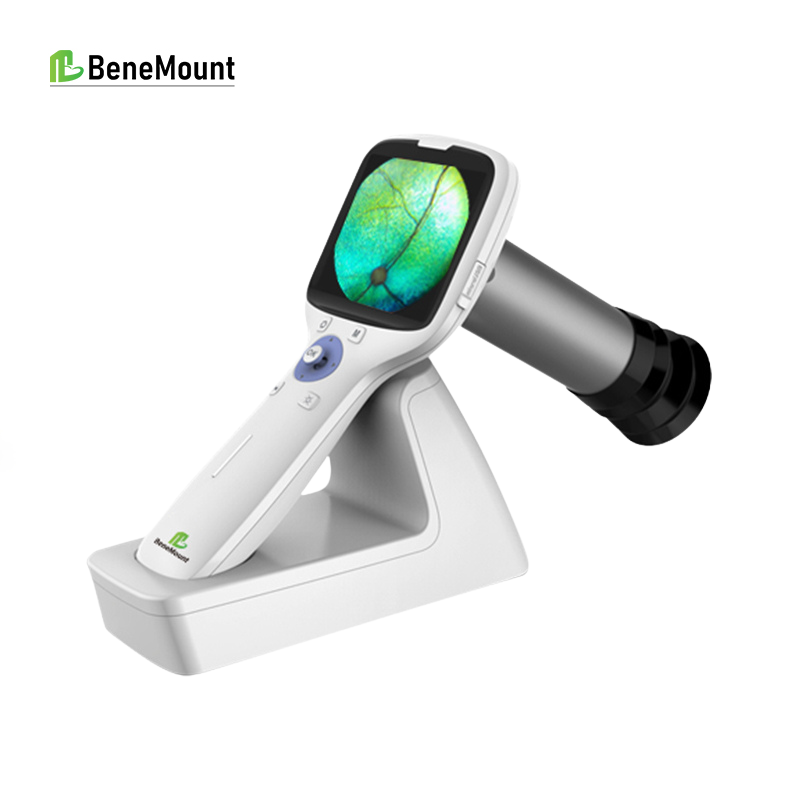Genetic, infectious, degenerative, parasitic, toxic, nutritional, and neoplastic diseases in animals can all present with ocular signs. Often, an ophthalmic examination can help in the timely identification of a systemic disease. Diseases that affect the vascular and nervous systems may also manifest with ocular signs. Animals with bilateral intraocular disease should be carefully evaluated for systemic illness.
Ocular Manifestations of Systemic Diseases in Dogs

In this photograph of a dog with systemic hypertension, retinal hemorrhages and a partial serous retinal detachment are evident.
In dogs, ophthalmic diseases such as retinal dysplasia, microphthalmia, and cataracts have been linked to dwarfism, albinism, and merle coloration.
Infectious diseases often affect the uvea, manifesting as iridocyclitis, choroiditis, and panuveitis. They can be caused by:
- Viruses (canine distemper, infectious hepatitis)
- Rickettsial diseases (ehrlichiosis, Rocky Mountain spotted fever)
- Bacteria (Brucella canis, Borrelia burgdorferi)
- Fungi (blastomycosis, coccidioidomycosis, histoplasmosis, cryptococcosis, aspergillosis)
- Protozoa (Toxoplasma, Neospora, Leishmania, Hepatozoon)
- Algae (Prototheca)
- Parasites (Dirofilaria, Toxocara, myiasis)
Metabolic diseases include:
- Diabetes mellitus (cataract formation)
- Hypocalcemia (cataracts)
- Hyperadrenocorticism (corneal disease, cataracts, retinal lipemia)
- Hypothyroidism (KCS, intraocular hemorrhage, retinal lipemia)
Blood/vascular diseases may cause intraocular hemorrhage, retinal detachment, glaucoma, papilledema.
Metastatic tumors (e.g., lymphosarcoma) may cause persistent uveitis, intraocular mass, hemorrhage, glaucoma, detachment.
Systemic hypertension commonly leads to retinal hemorrhages or serous detachment; early treatment can preserve vision.
Ocular Manifestations of Systemic Diseases in Cats

In cats, systemic diseases often affect the eyes and associated structures. Eyelid inflammation may occur with Demodex cati, Notoedres cati, scabies, ringworm, immune-mediated dermatoses.
Pathogens such as feline herpesvirus (FHV-1), Chlamydia, and Mycoplasma frequently cause conjunctivitis. FHV-1 also causes keratitis, keratoconjunctivitis, corneal sequestra, symblepharon, and KCS.
FIP, toxoplasmosis, FIV, FeLV may cause anterior/posterior uveitis, chronic uveitis, retinal detachment, and secondary glaucoma.
In older cats, acute vision loss with intraocular hemorrhage and detachment often relates to systemic hypertension, commonly due to renal failure or hyperthyroidism. Lowering blood pressure (e.g., amlodipine) may restore vision.
Ocular Manifestations of Systemic Diseases in Horses

Conjunctival Siderosis in a Horse's Eye
In the medial canthus, two proliferative and ulcerative masses are visible.
Systemic infections (adenovirus, influenza, strangles, Rhodococcus equi, leptospirosis, Lyme, salmonellosis) may cause conjunctivitis, anterior or posterior uveitis.
Ocular onchocerciasis may present as uveitis, chorioretinitis, keratitis, or conjunctival plaques (treated with systemic ivermectin).
Habronemiasis (“summer sores”) manifests as inflammatory conjunctival masses; treatment: systemic ivermectin/moxidectin, debridement, fly control, barrier ointment.
Ocular Manifestations of Systemic Diseases in Cattle
In cattle, microphthalmia, cataracts, retinal dysplasia, and detachment may result from in utero infection (BVDV, hydrocephalus). Similar defects occur in lambs with bluetongue virus.
Vitamin A deficiency: causes microphthalmia in piglets, blindness and optic nerve hypoplasia in calves. In adults, leads to night blindness, papilledema, retinal degeneration, optic atrophy. Only reversible in night blindness stage.
Bovine lymphosarcoma: progressive bilateral exophthalmos.
Infectious diseases (IBR, malignant catarrhal fever, TEME, neonatal septicemia) can cause conjunctivitis and uveitis.
Toxicities (male fern, bracken fern, coumarin, phenothiazine) → retinal degeneration, hemorrhage, corneal edema, blindness.
Fundus photographs are taken with a fundus camera


